Something strange is happening in the world of online art. A lot of people are getting unusually excited by cartoon images of apes, cats, penguins, robots, skeletons, anime warriors, aliens and ghosts. There’s also a lot of chatter about these things making people a fortune and disrupting traditional art markets.
This is a product of a relatively new phenomenon in which digital art is connected by virtual deeds of ownership called NFTs (non-fungible tokens). NFTs are unique units of digital data that are stored on blockchains. Blockchains are decentralised digital ledgers that keep track of transactions and are used to underpin cryptocurrencies such as Bitcoin. I know that that’s a lot of jargon underpinning something that often just looks like a picture of a robot smoking a spliff, but there’s a lot of money wrapped up in this.
Digital artists always struggled to get a foothold in the art market because, unlike someone who produces oil paintings, they had no unique original to sell. The news that you could now, at least in theory, monetise digital art has spawned a speculative boom. Twitter founder Jack Dorsey sold an NFT of his first tweet for nearly $3 million (€2.7 million). Celebrities such as Paris Hilton, Eminem and Grimes have auctioned off NFTs for silly amounts of money. A high point came in May last year when an artwork by the digital artist Beeple (Mike Winkelmann) sold for more than $69 million (€61 million). Called Everydays: The first 5000 Days, it was a compilation of all the artworks Winkelmann had created on a daily basis for his Everyday series.
For confounded critics, whether you've paid $11 million for a series of numbers on a blockchain or a simple picture of a pixelated punk is a moot point
The most widespread subset of NFTs has another acronym, PFP (which stands for picture for proof, or profile picture). PFPs are typically conceived as series in which a simple quirky image of a character – such as the aforementioned apes, cats, penguins, etc. – is variously adorned with eyepatches, goatees, hats, jackets, sunglasses, pipes or spliffs in order to create hundreds or thousands of different iterations.
The most lucrative of these PFP projects include those produced by a group called Bored Ape Yacht Club, who specialise in variations of a cartoon image of an ape. Last year a Bored Ape NFT sold for $3.4 million (€3 million). Another popular series is called Cryptopunks and involves endless variations of a pixelated “Cryptopunk”. A Cryptopunk NFT sold last year for more than $11 million (€9.8 million).
It’s easy to get confused here. Technically, the NFT isn’t the image but a unit of data on the blockchain that says you own the image (even though, in reality, you don’t necessarily even own the copyright on that image). On the other hand, for confounded critics, whether you’ve paid $11 million for a series of numbers on a blockchain or a simple picture of a pixelated punk is a moot point.
Fans of the format argue that NFTs represent a populist uprising against traditional art world gatekeepers and provide a source of income for digital artists who never had “original” art pieces to sell. Naysayers think this makes little sense because ultimately people are just trading expensive addresses on complicated, surprisingly environmentally destructive blockchains, and that the market is eventually bound to collapse.
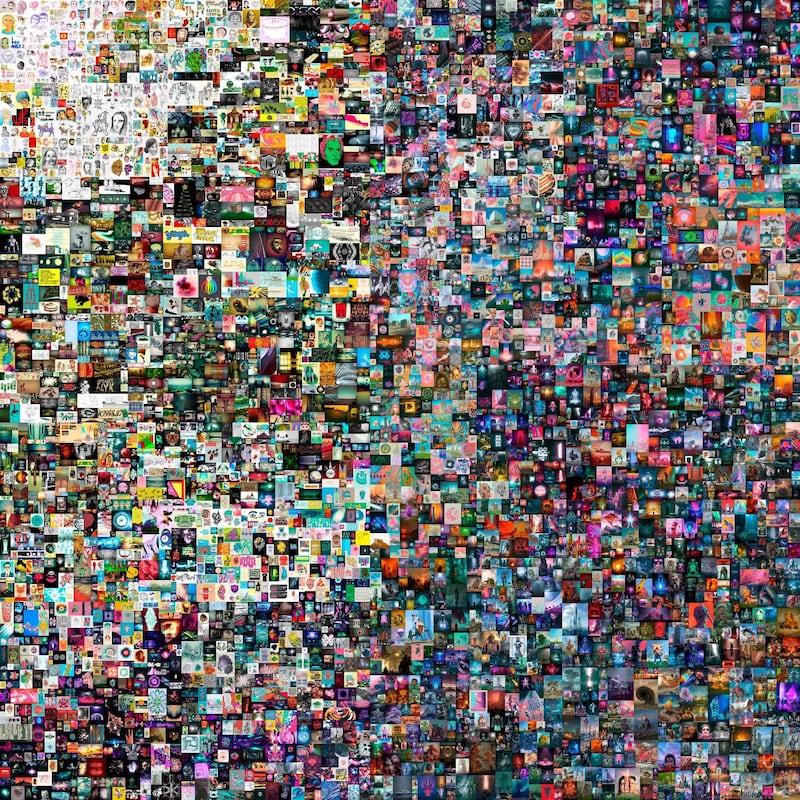
But is there anything of merit here? Dr Rachel O’Dwyer, a lecturer at the National College of Art and Design (NCAD) who has written a soon-to-be published book about abstract tokens of value, thinks that “blockchain adjacent art” is more artistically interesting away from the speculation and hype. The best artists in the space, she says, “are almost all using the blockchain as a tool to have conversations about value ... There’s a gallery in London called Furtherfield. They’ve been doing work around blockchain since about 2014. And it’s about how this could be a mechanism for creating artists’ co-operatives or a basic income for artists. ... Okhaos made Plantoid, a really early blockchain artwork, a self-generating art form, and you could feed bitcoin and then could have a vote in what the work could look like. So, it was the idea of a work that reproduced itself. And it was an experiment: Could you have works of art that were self-funding?”
She offers the example of Kevin Abosch, a conceptual artist with roots in Ireland, who was an early user of the blockchain. If you passed through Dublin Airport a few years ago, you would have seen Abosch’s photographic portraits. In 2016 he made headlines when his physical photograph, Potato #345, sold for $1 million (€880,000). The tech-savvy artist first encountered the blockchain a decade ago. In 2018 he created the I am a Coin project, in which he created 100 physical works stamped in his own blood with blockchain addresses corresponding to 10 million virtual artworks. “I was, on the heels of [Potato #345], feeling commodified as an artist because the attention had moved from the artistic intrinsic value of my work to the monetary value,” Abosch tells me. “I decided that I would sort of take control of that narrative in a way and I tokenised myself in what mechanically was the same as an ICO [initial coin offering].”
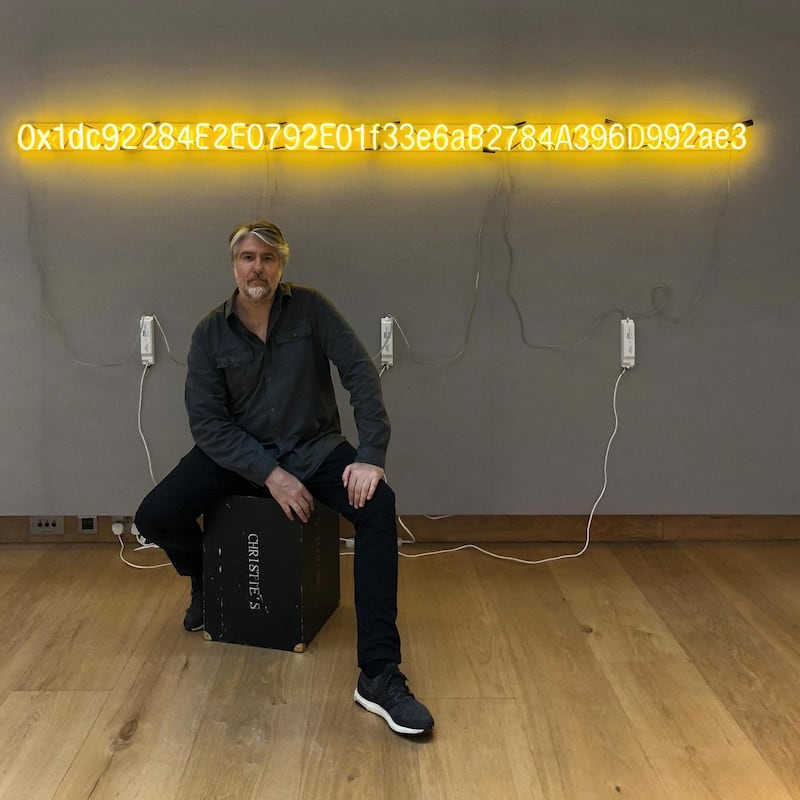
He Went on to create Yellow Lambo, one of the earliest NFTs. The piece included a neon glass sculpture of the alphanumeric contract address on the blockchain for an intangible virtual artwork that represented a Lamborghini. It sold for $400,000 (€350,000). Later, Forever Rose, an intangible conceptual art piece sitting on the blockchain and based on a photograph of a rose, sold for $1 million (€880,000), which was donated to CoderDojo, the voluntary computer club for young people. He also collaborated with Ai Weiwei on a complex piece about human value called PRICELESS, in which two tokens on the blockchain were created: one rendered inaccessible but sold as digital wallet addresses, the other distributed in a quintillion pieces for free.
You have people identifying with cool cats and sneaky vampires and bored apes. . . A lot of it comes down to a generational thing
“The term cryptoart means different things to different people,” says Abosch. “I think it can be broken into categories. In my case, I use cryptographic methods and I use blockchain as a method to make art. With other people, sometimes including myself, the work revolves around themes pertaining to the crypto zeitgeist. And then the third category would be people who just use the blockchain or now NFTs as a delivery system. ... Where journalists really f**k up is they conflate it all.”
There’s an argument that says art markets already involved problematic levels of abstraction before NFTs were ever thought of. “There’s a famous book published by Lucy Lippard called The Dematerialization of the Art Object,” says O’Dwyer. “She was arguing that by moving away from objects, art was going to shake off its commodity status, [that] if you made conceptual art, then there wouldn’t be anything to sell. She was very wrong. It turned out there was just a whole other market for immaterial stuff.”
O’Dwyer notes how much physical art is now held in large free ports that sit between tax jurisdictions at airports and train stations around the world. She argues that in a way artworks become disembodied speculative instruments, tokens of value, as soon as they enter these free ports. “You see artworks change hands without actually leaving those spaces. ... I see the NFT as a perfection of the market in some ways. ... NFTs are often framed as something that’s going to disintermediate the art market. ... And that also seems to be complete rubbish. You only need to look at some of those big sales. Christie’s and Sotheby’s, those legitimate players in the art field, play a really significant role in legitimising what would otherwise seem like scammy transactions. ... It doesn’t seem to be disintermediating those key figures.”
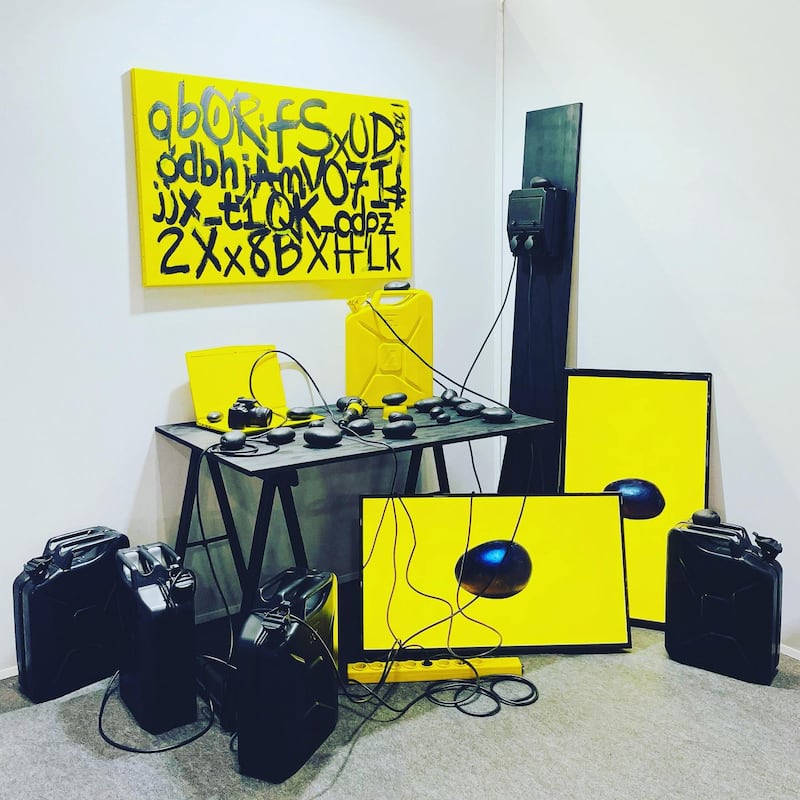
Abosch doesn’t think there’s a huge difference between investing in something intangible and something physical. “In the so-called traditional art world there are people who buy art because they want to experience it or dwell in the same space with it. You have people who buy art as a form of social proof and validation. And finally, you have people who buy art as an investment. And quite frankly, it’s very rare that somebody pulls the trigger on a purchase with just one of those things. It’s usually a combination of two or even three. There’s nothing in this space that we’re seeing that doesn’t already exist in the traditional art world. It’s just that technology has this way of amplifying things.”
Darren Caffey, a Limerick-based artist and writer, believes the investment frenzy around NFTs has a stultifying effect on the actual creativity. “I’ve always been interested in ‘value’ in relation to art because you’re kind of always creating something out of nothing when you make art. Whether you sell it or not, it has value for you at the end of it that is distinct from ‘profit’. Profit is something that comes secondarily. I don’t think you’ll find the personal value if you’re aiming for the profit.” He thinks much NFT art exists purely to be a type of asset class and that not much thought goes into it beyond this. “I’m certain because of all the investment in it, that [the NFT boom] is not for individual artists any more than it’s for people who go in and put £1,000 in a vending machine.”
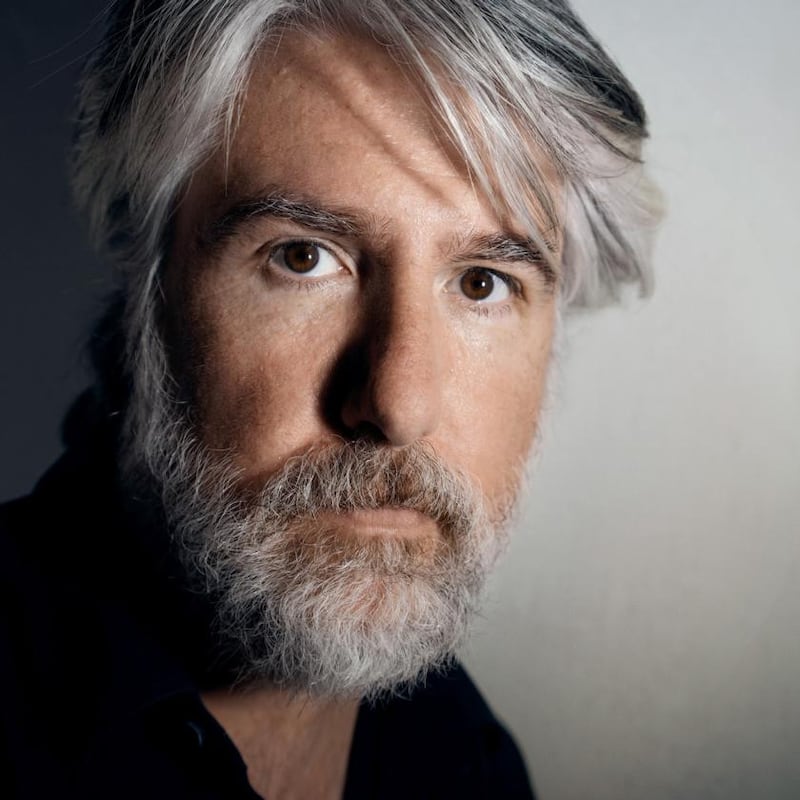
Abosch is less damning. He thinks that there’s something interesting happening on a level that goes beyond the investment fervour. “I think we’re witnessing a sociological phenomenon here outside of the vulgarity of flipping and bragging about profits, and the fact that there’s this unregulated, decentralised gambling game going on. You have people identifying with cool cats and sneaky vampires and bored apes. ... A lot of it comes down to a generational thing. People under 25 have a completely different relationship to virtual assets than people who are older.”
O’Dwyer also believes it’s significant that interest in NFTs and cryptocurrencies is largely coming from a generation who have little hope of owning homes or having pensions. “I feel like a lot of these are sort of desperate bets. ... For younger people, maybe there’s no longer traditional paths towards financial security, so why not put money on a picture of a cat or a virtual pair of sneakers and hope to win big?”
Are the young artists she meets at NCAD interested in the NFT space? “They’re kind of hedging their bets,” she says. “It feels like it’s really divisive. ... particularly because of the environmental considerations. ... There are various Discord channels where lines are drawn, where you’re almost cancelled by some groups if you make an NFT and then other places where you feel left out and left behind [if you don’t].”
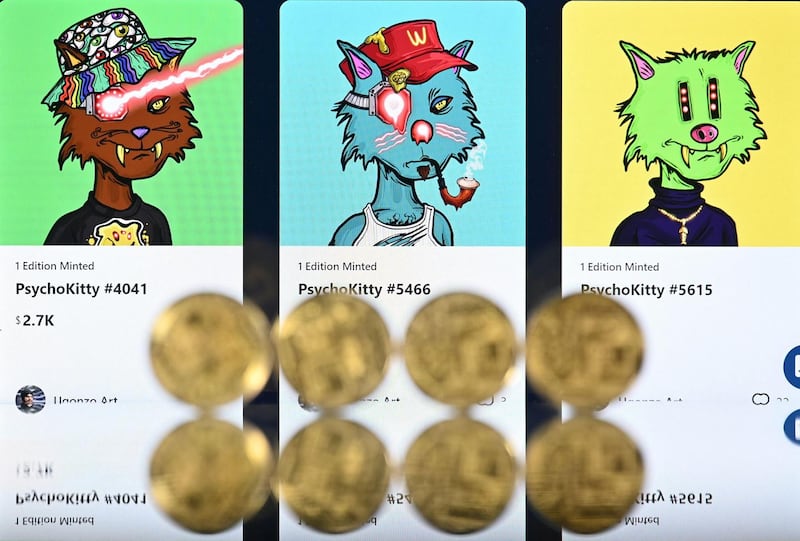
It doesn’t seem like the majority of digital artists are making much money from making NFTs. “For every Bored Ape there are a few hundred kids putting out their 10,000-piece project thinking that ‘If every one sold for 10 quid I would make a fortune’ and they don’t sell two of them,” says Abosch. “There’s so much noise.”
Isn’t lots of it just bad art? “Oh yeah, incredibly so,” says Caffrey. “There’s a certain aesthetic as well that’s synonymous with a kind of alt-right, political, tech bro informed idea of what the worth of something is. ... It doesn’t have any heart.”
O’Dwyer says: “There’s that Andy Warhol quote where he said making money is the best art and by that criteria some of it might be good art, but by any aesthetic value it’s just smiling donkeys and bored apes. You can have works like Kevin Abosch or Jeff Koons where the work is really integrated into the market but it seems to be asking questions about the market, [but] it feels like a lot of these other works are kind of nihilistic. ... There’s a stake being made in terms of an economic stake, but not in terms of meaning.”
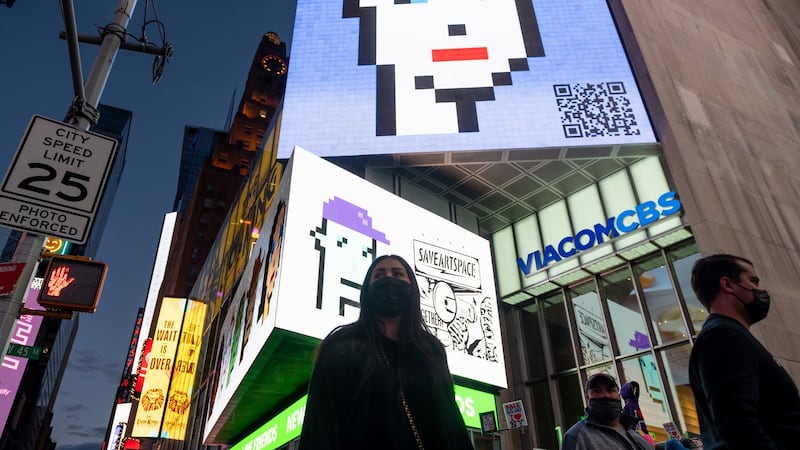
Abosch understands why people dislike the aesthetics of much NFT art – he agrees that lots of it “lacks imagination” – and he also worries about the environmental issues – he has a solar farm for his servers and believes blockchains will eventually become more environmentally friendly. But he thinks that people shouldn’t dismiss the underlying technology. He’s fascinated by the blockchain’s potential for things such as Digital Autonomous Organisations, where many people can come together in an incorruptible rule-based governance structure to achieve social and artistic goals. “It’s too easy to just say, ‘It’s all going to disappear’,” he says. “It’s more complicated than that. ... Are PFP markets going to contract or disappear? Very likely. But why would the underlying technology disappear? It’s very useful.”
Money was never the point for Abosch. Every day he says these words to his children: “You do realise that everything you’re witnessing ...” And they finish his sentence for him: “We know Papa, it’s not normal.” He laughs. “I don’t want them to be disconnected from reality. ...Who knows how long it lasts?”

















